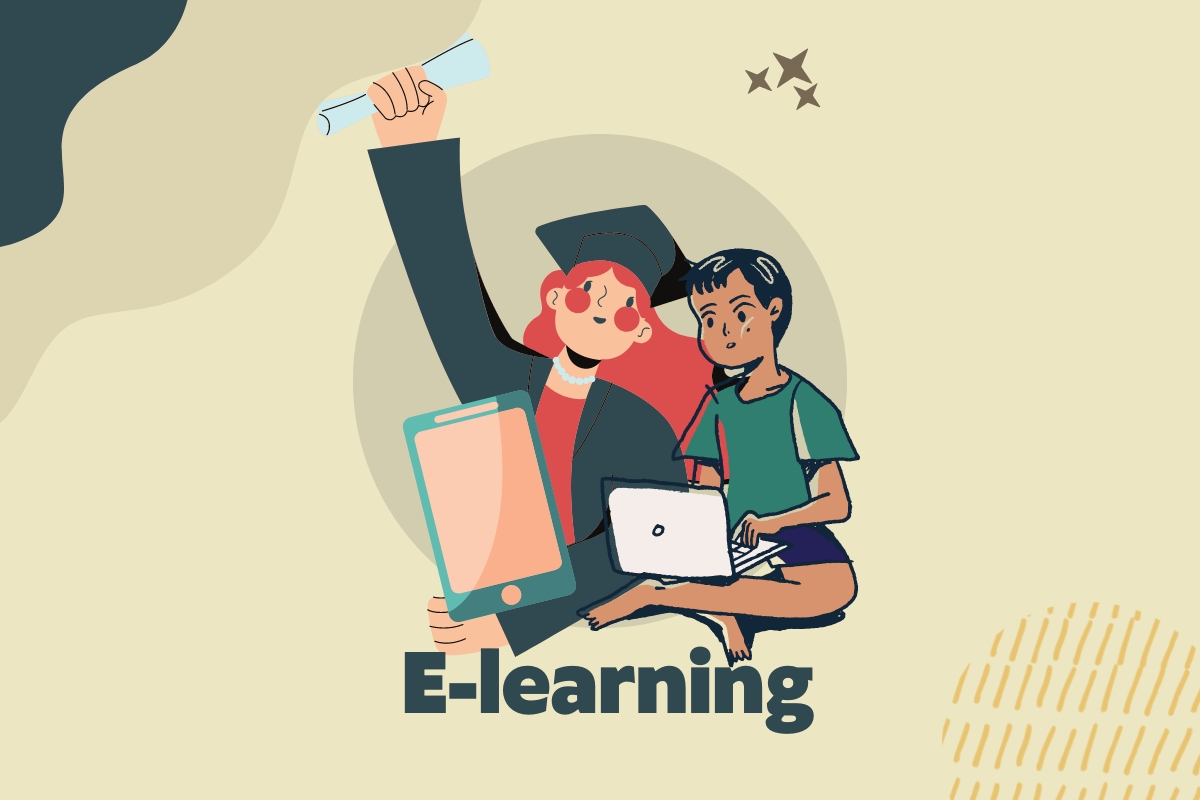E-learning technology has revolutionized the way people learn and has become increasingly popular in recent years. While there are many benefits to e-learning, there are also some drawbacks that should be considered. In this blog, we will explore the pros and cons of e-learning technology.
Pros of E-Learning Technology:
Convenience and Flexibility
E-learning technology allows learners to access content from anywhere and at any time, as long as they have an internet connection. This is particularly useful for individuals who have busy schedules, or who live in remote areas and cannot easily access traditional classrooms. E-learning also allows learners to proceed at their own pace, which can be more efficient for some learners.
Cost-Effective
E-learning is generally less expensive than traditional classroom-based learning, as there are no costs associated with travel or accommodation. Additionally, e-learning courses can be reused, updated, and accessed by a larger number of learners, which makes it cost-effective for organizations.
Improved Retention
Studies have shown that e-learning can improve learner retention rates, as learners can repeat or review material as often as needed. This is particularly useful for learners who struggle with certain concepts or who need more time to fully understand a topic.
Access to a Wide Range of Content
E-learning technology allows learners to access a wide range of content, including multimedia and interactive elements, which can make learning more engaging and interactive.
Cons of E-Learning Technology:
Lack of Social Interaction
One of the biggest drawbacks of e-learning is the lack of social interaction with other learners and instructors. This can lead to feelings of isolation and can make it difficult for learners to receive feedback or ask questions.
Technical Issues
Technical issues, such as slow internet connections, can interfere with the learning experience and lead to frustration and disengagement.
Lack of Personalization
E-learning can be less personalized than traditional classroom-based learning, as learners may not receive individual attention from instructors or be able to interact with other learners.
Self-Discipline and Motivation
E-learning requires a high degree of self-discipline and motivation, as learners must be able to manage their own schedules and stay focused on their coursework.
In conclusion, e-learning technology offers many benefits, including convenience, cost-effectiveness, improved retention, and access to a wide range of content. However, it also has some drawbacks, such as the lack of social interaction, technical issues, lack of personalization, and the need for self-discipline and motivation. When considering whether to use e-learning technology, it is important to weigh these pros and cons carefully, and to ensure that it aligns with the learning goals and needs of the individual or organization.









